
How do i train my dog to be obedient?
Watching your dog dart across the park ignoring your calls isn’t just frustrating—it can put them at risk near busy streets or public spaces.
The idea of housebreaking a puppy in just five days might sound like a fantasy, but while you can’t expect perfection in such a short time, you can establish a strong foundation that dramatically reduces accidents. This intensive approach requires near-constant supervision, a strict schedule, and relentless consistency—but for dedicated owners, it can create lasting habits that make full house training much faster.
The biological principle behind rapid housebreaking leverages a puppy’s natural instinct to keep their sleeping area clean and their ability to form quick associations through repetition. Puppies typically need to eliminate after waking up, after eating, after play, and every 30-60 minutes in between. By controlling their environment and timing, you can create numerous opportunities for them to succeed and be rewarded. This method relies entirely on positive reinforcement—every time your puppy eliminates in the right spot, immediately reward with high-value treats and enthusiastic praise. It’s crucial to understand that punishment for accidents is not only culturally unacceptable but counterproductive; scolding or rubbing their nose in waste creates anxiety that often leads to more hidden eliminations and slower learning overall.
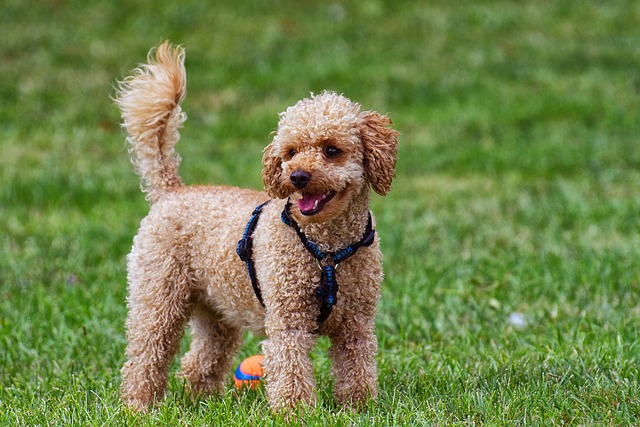
Here’s your five-day action plan: Day 1-2 involve near-constant supervision—keep your puppy leashed to you or in a playpen when not actively training. Take them to your designated potty spot every hour, after every transition (sleeping, eating, playing), and use a consistent cue like "go potty." Reward successful eliminations instantly. Days 3-4 gradually extend the time between outings by 15-minute increments if no accidents occur. Begin introducing bell training at the door if desired. Day 5 focuses on reinforcing the pattern and slowly giving slightly more freedom in puppy-proofed areas. For apartment dwellers, this might mean creating a temporary indoor potty area with artificial grass or pads near the door for quicker access during this intensive period.
This intensive training exists within your broader responsibilities as a dog owner. Ensure your puppy’s vaccinations are current as required by local laws before venturing to public areas. When your puppy eliminates outside, always carry multiple waste bags and clean up immediately—this is both a legal requirement and essential etiquette in most municipalities. Be particularly mindful in apartment complexes where shared spaces require extra cleanliness. Remember that even with this intensive approach, some puppies may need more time based on breed size, previous habits, or individual development. The goal isn’t perfection in five days but establishing a communication system and routine that makes accidents increasingly rare. By investing this focused effort, you’re not just housebreaking your puppy—you’re building trust and understanding that forms the foundation for all future training.

Watching your dog dart across the park ignoring your calls isn’t just frustrating—it can put them at risk near busy streets or public spaces.

New puppy owners often find themselves rushing to clean up accidents before they set in, and that’s where puppy pad training becomes a game-changer.
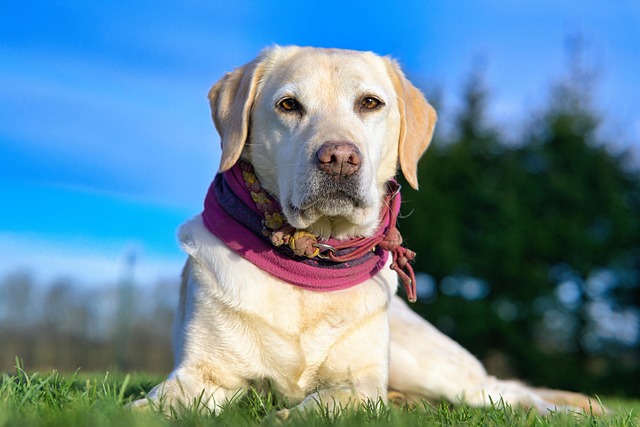
If you've noticed your dog's waistline disappearing and your veterinarian has mentioned those few extra pounds, your first instinct might be to simply reduce the amount of food in their bowl.
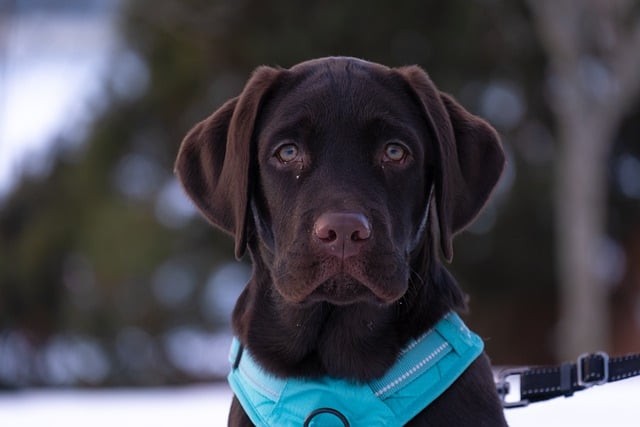
Training a dog to use a designated spot indoors isn’t as daunting as many new owners fear, but it does take consistency and an understanding of your pet’s needs.
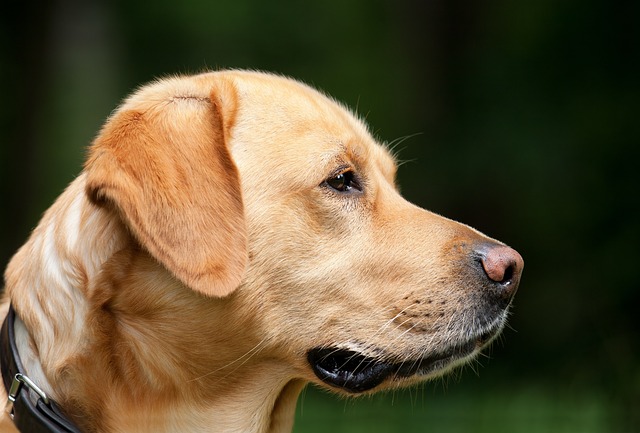
That moment of dread on a walk is all too familiar for many new dog owners. You see another dog approaching down the sidewalk of your neighborhood
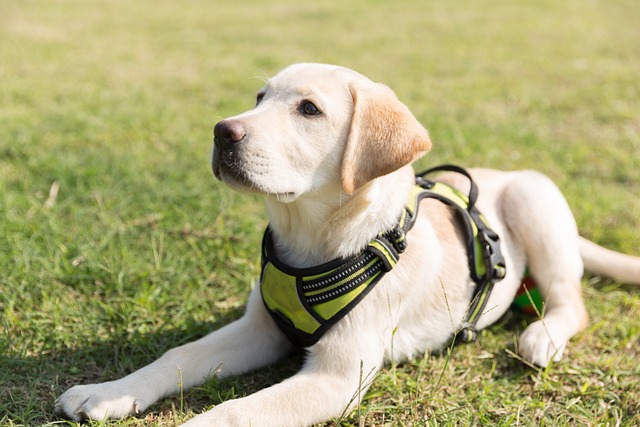
If the sight of another dog on your neighborhood walk makes your heart sink as your own dog erupts into a frenzy of barking and lunging, you're not alone.